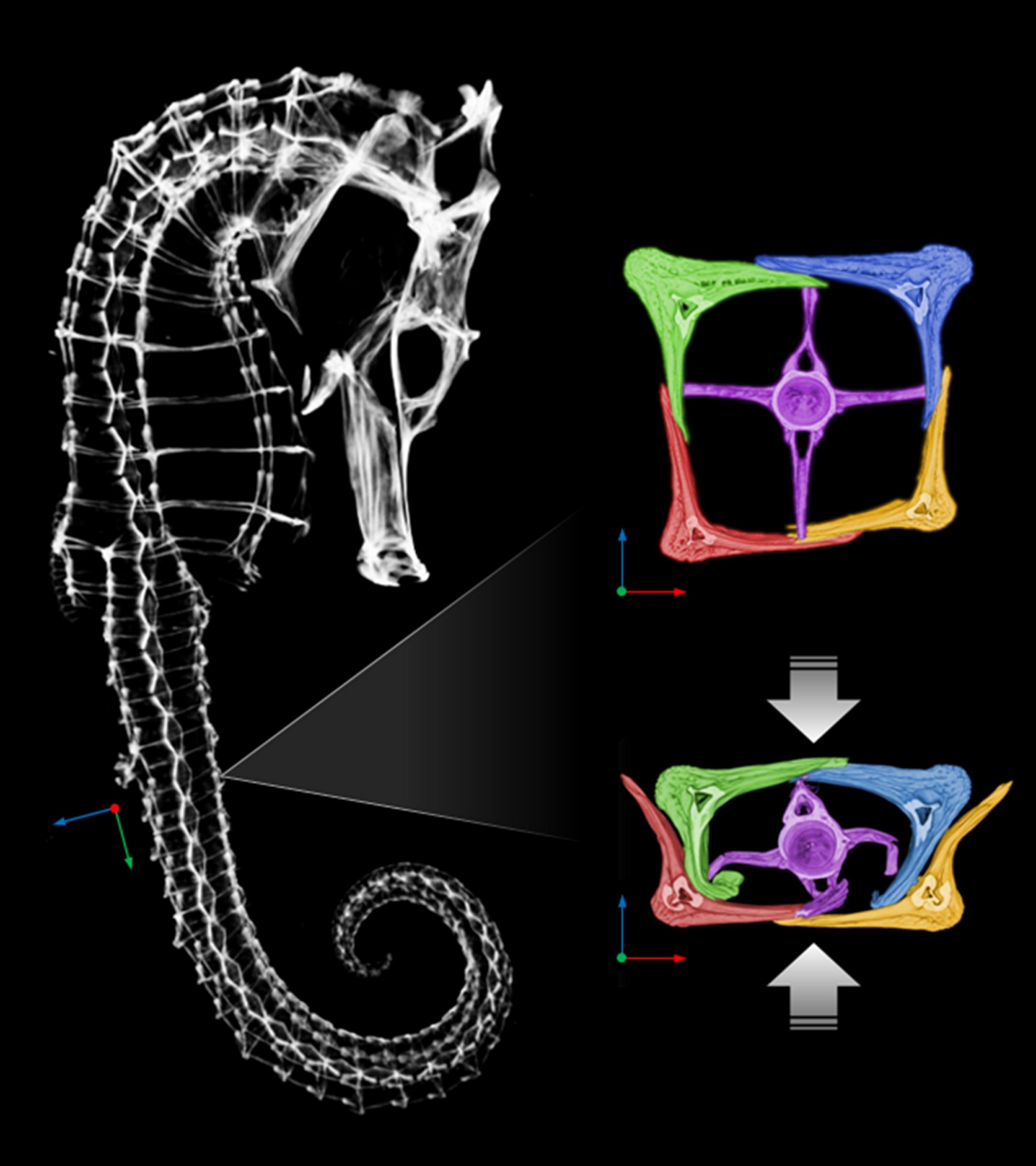Fish Alarms
Damselfish attract multiple predators with a chemical cue, giving themselves a way to escape.

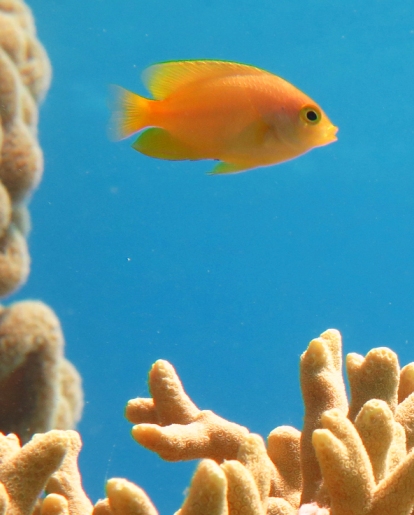
Damselfish attract multiple predators with a chemical cue, giving themselves a way to escape.

Monarch butterflies use the Earth’s magnetic field to guide their migration.
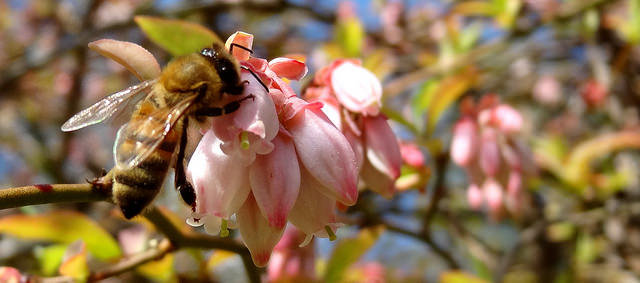
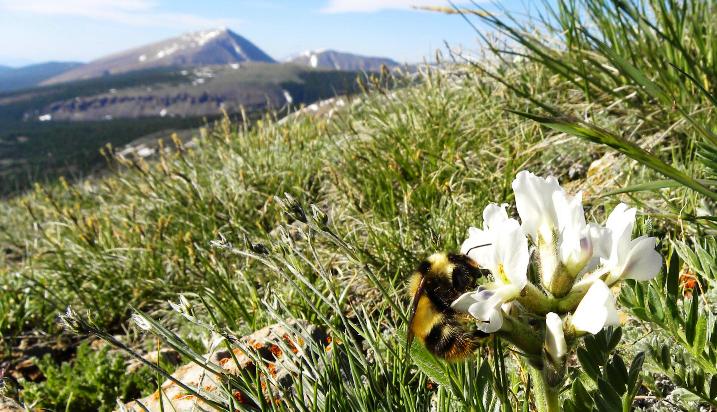
Bumble bee tongues have shrunk over the past 40 years of warming in the Rocky Mountains.
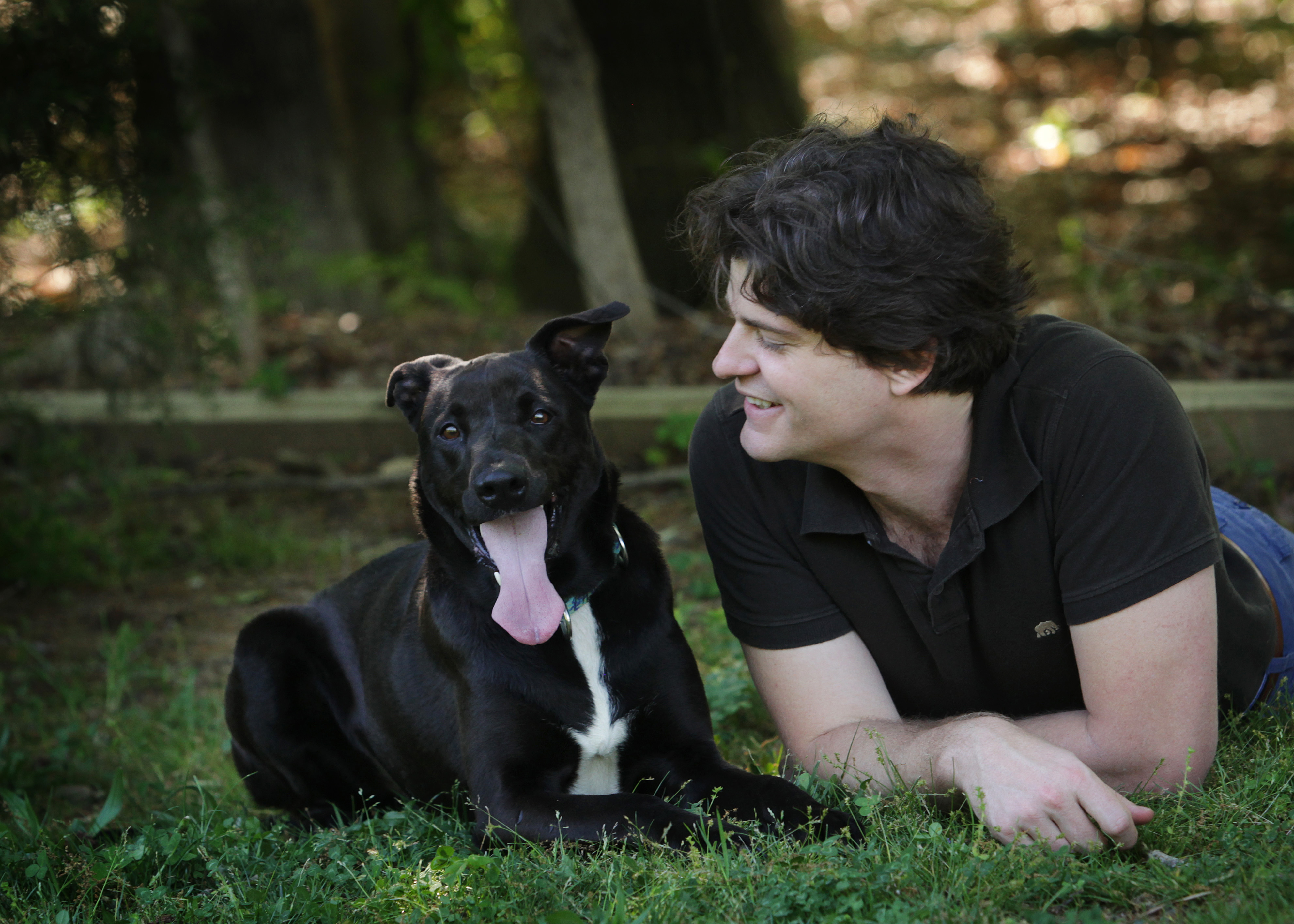
An online project allows dog owners to evaluate their dogs’ minds and contribute to scientific research.
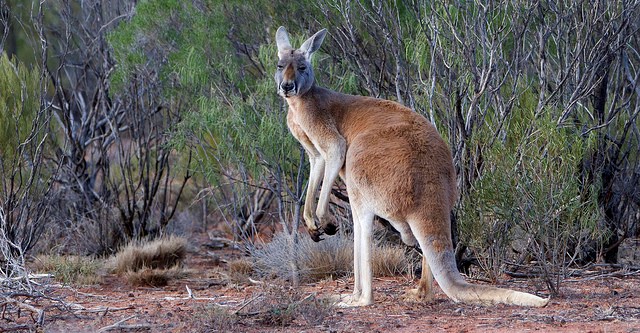
A sea slug co-opts a seaweed’s chemical defenses and its ability to harvest energy from the sun.
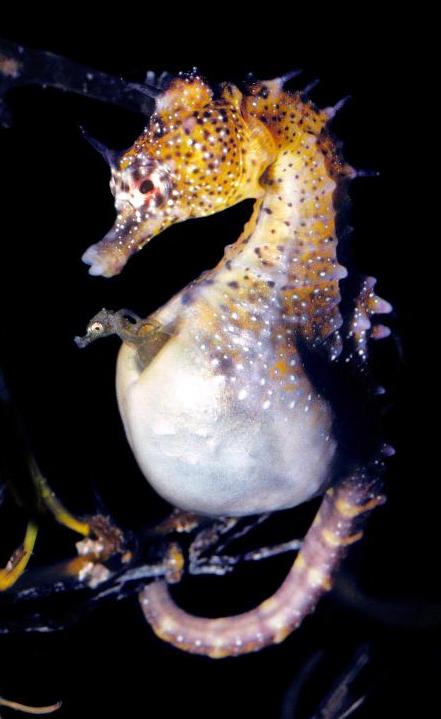
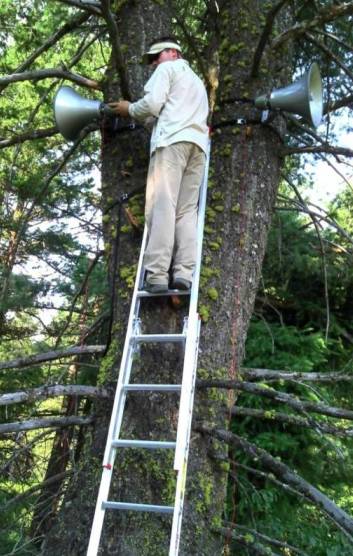
When infected with a fungus, ants know how to get their medicine and how much to take.
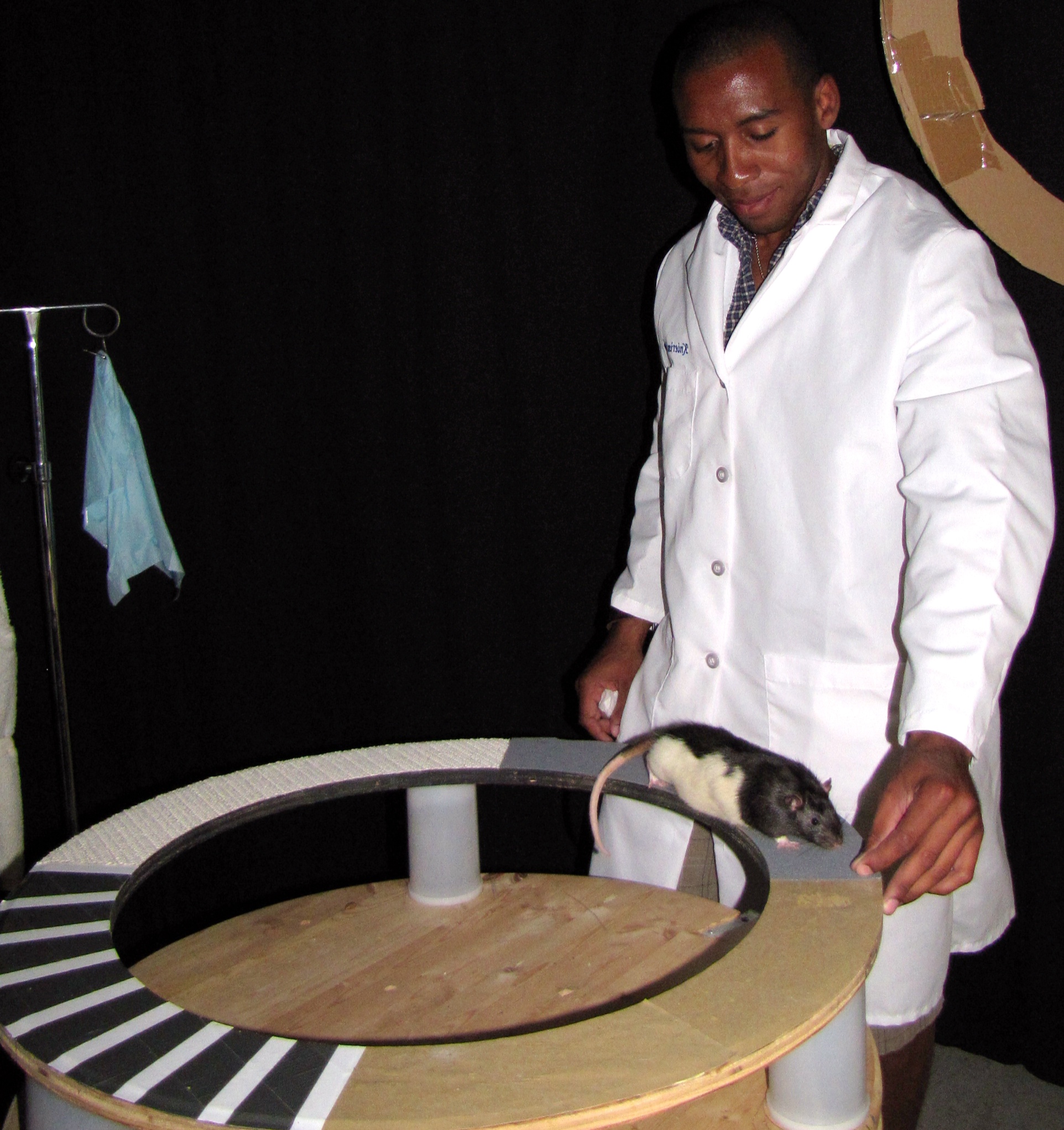
When a familiar place changes, two brain regions work together to update our memories.
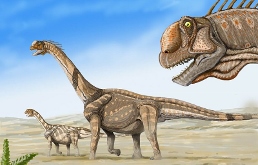
ANCIENT ANATOMY (Encore Presentation) - What dental records from the Mesozoic era can tell us about the lives of dinosaurs. How humans are uniquely adapted to throw baseballs. Also: an automated nature recording system that's monitoring environmental change. And, could vaccinating children protect the elderly as well?
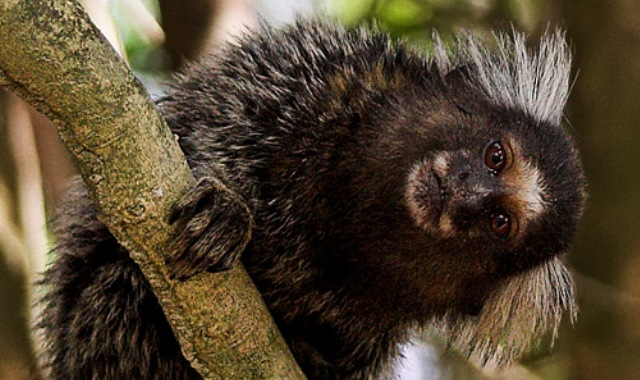
A new study suggests baby marmosets’ calls change as they grow up - questioning more than 50 years of conventional wisdom about primate vocalizations.
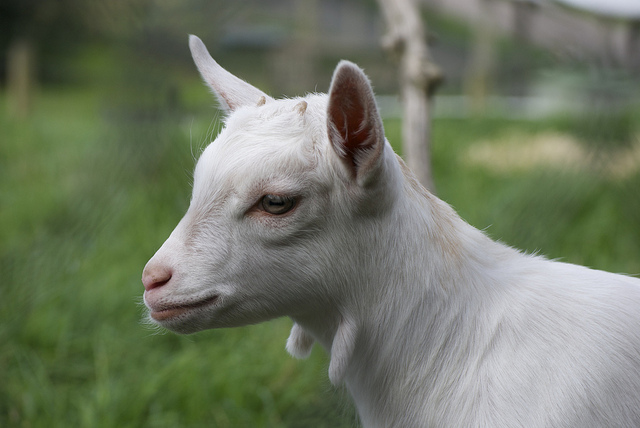
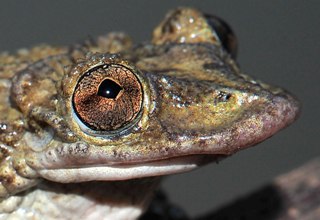

Baby finches that are stressed out early in life turn to unrelated adults rather than their parents for guidance.
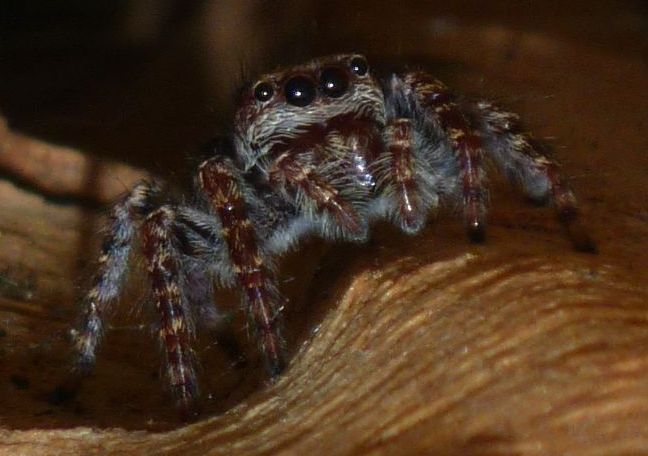

Coordinating brain activity between patients and therapists could be the future of treatment for brain injuries and diseases.

The echo of a pitcher plant helps bats find safety and helps the plant get food.
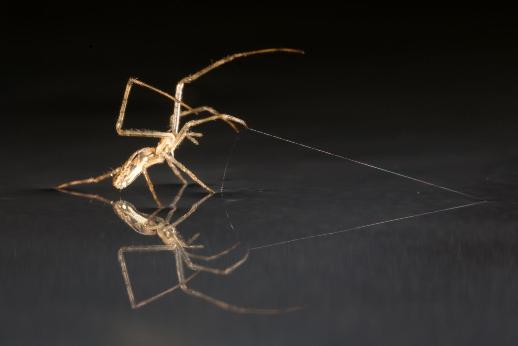
Researchers discover that spiders can navigate bodies of water by holding up their legs as sails.
